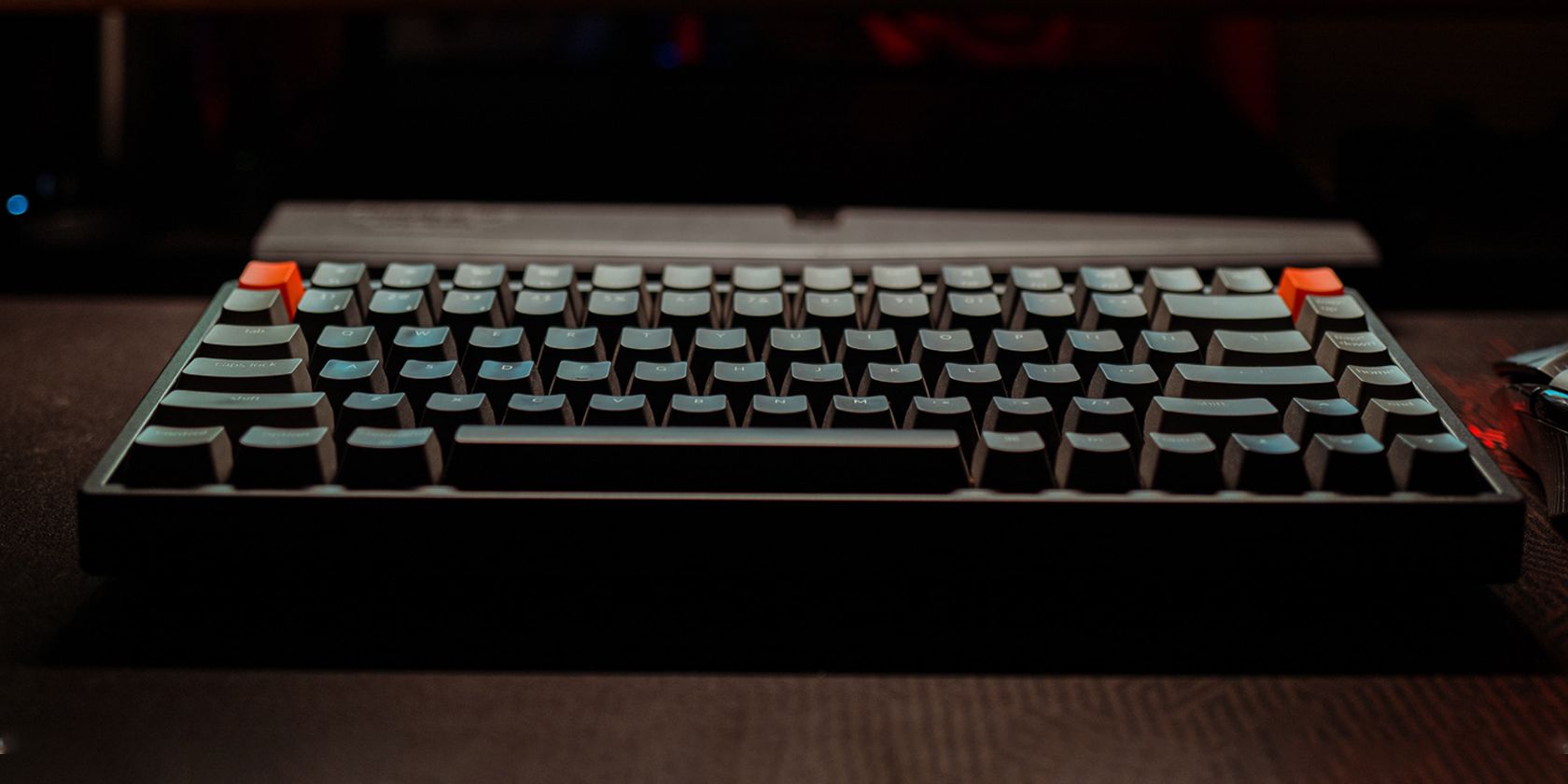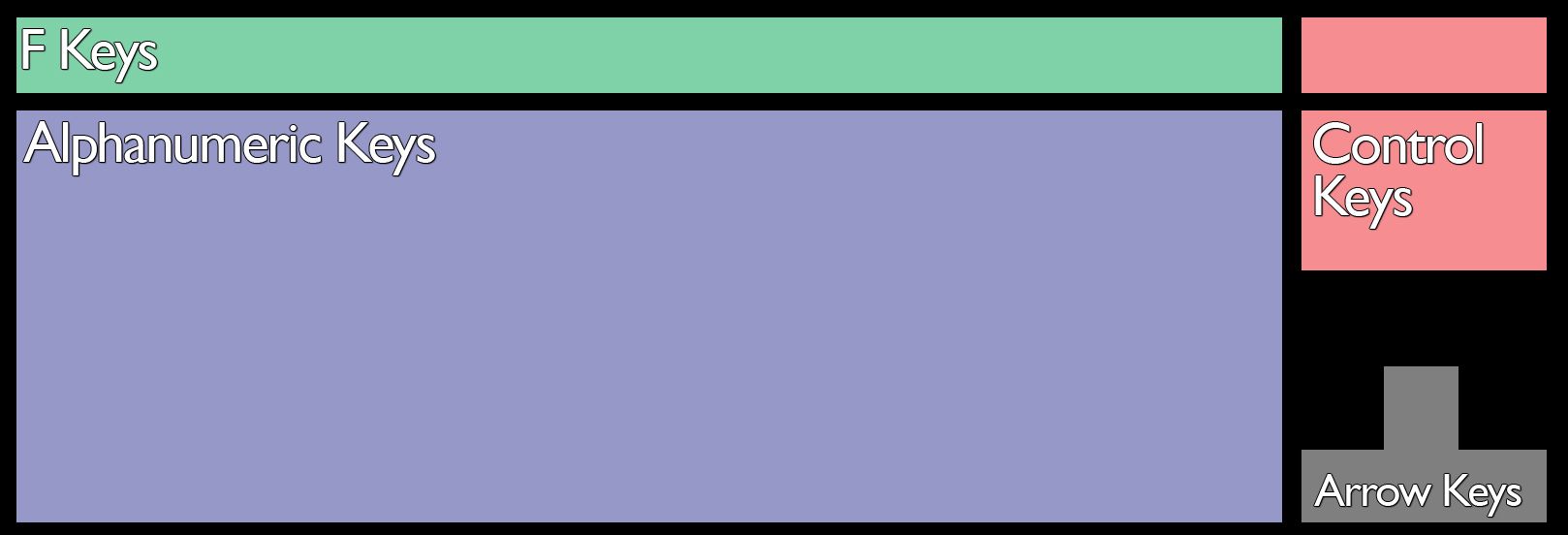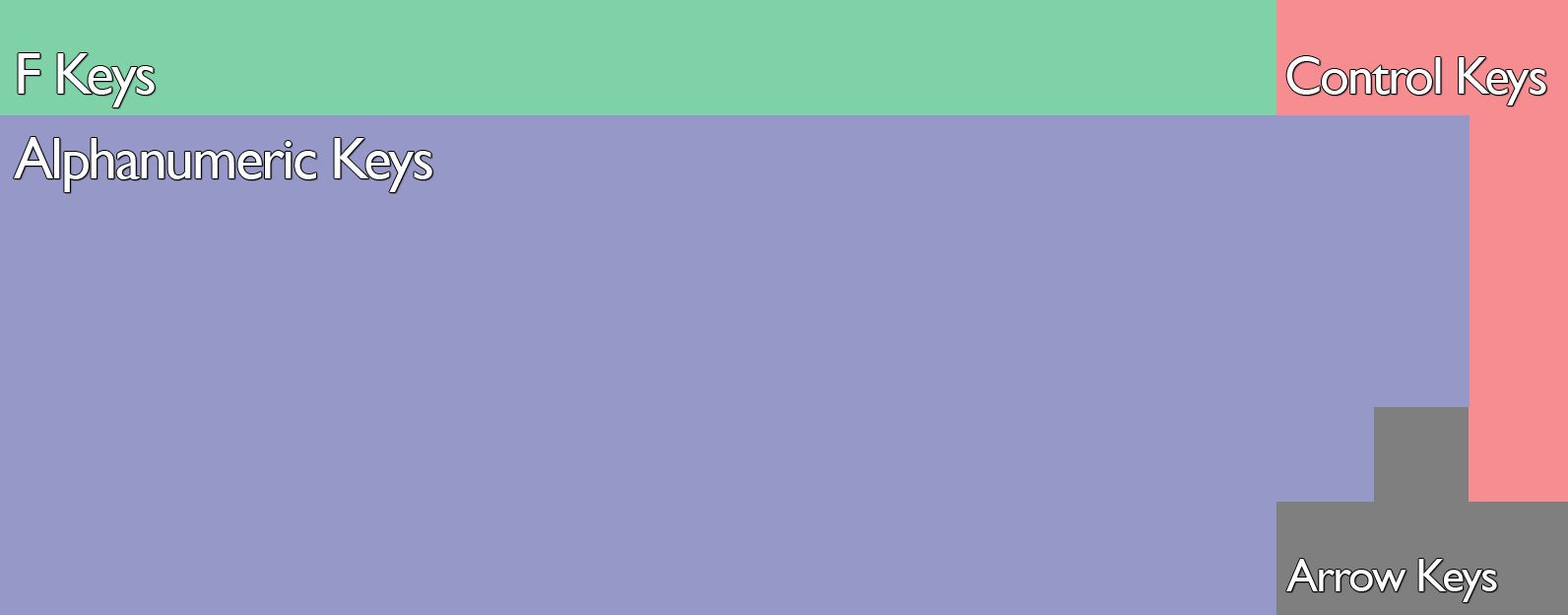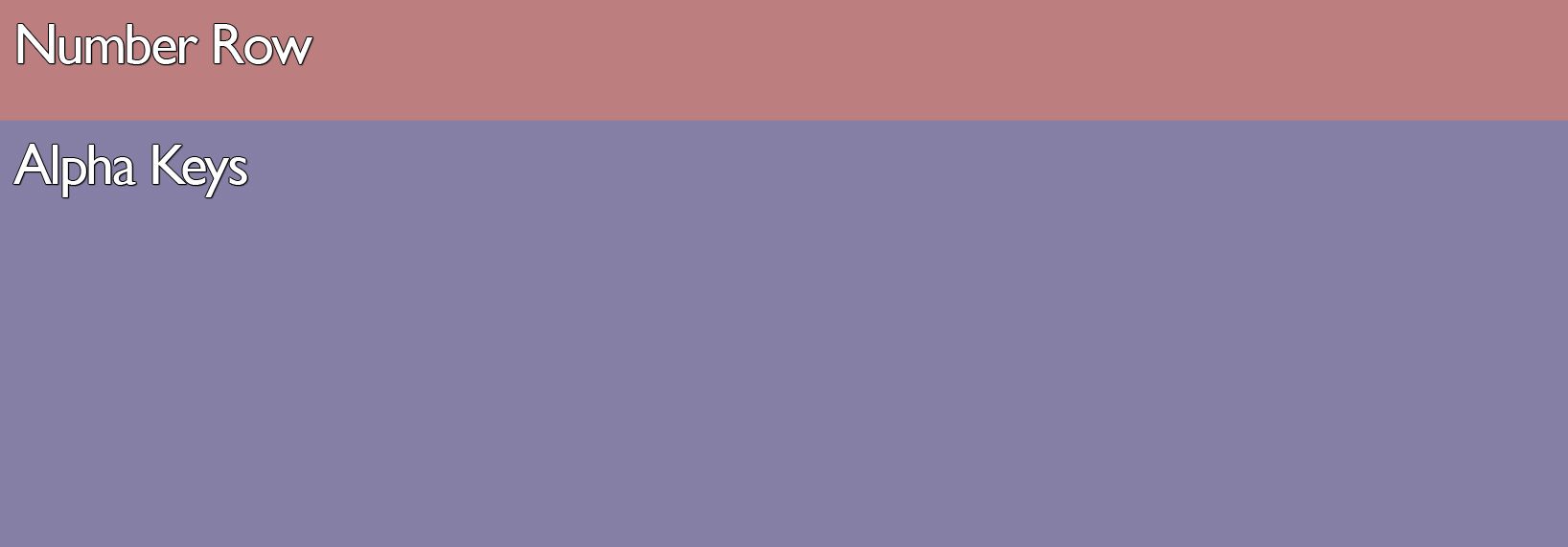The work from home revolution has got the demand for keyboards skyrocketing. But with millions of people doing millions of different tasks, makers discovered that the standard-sized keyboard isn't always the best design.
Today, you'll see a lot of different keyboard sizes and designs available in the market. So the question is: what's the difference between these types, and which one should you pick? Read on to find out.
Full-Sized Keyboard
The full-sized keyboard is the most popular keyboard layout. While there is no standard number of keys, most Windows keyboards have 104 keys.
These include the function, control, arrow, and alphanumeric keys, and the number pad. These sections have ample space to avoid any accidental keypress.
This is the most popular layout as it's the most versatile. You have single-press access to all the keys. Plus, you can also assign additional functions through the Fn key. The number pad is also available, making it easy for spreadsheet entries.
Most users, especially those who use their computers for productivity, prefer this layout.
1800 Compact
The 1800 Compact offers all the functionalities of the full-sized keyboard in a smaller form factor. It accomplishes this by removing all spaces between sections. The control keys are also placed above the Numpad, right after the F keys, to make it more space-efficient.
This layout is suitable for users with limited table space. It's also perfect for those who need portability while keeping all the keys.
It can be overwhelming to use initially, mainly because all you see is a big chunk of keys. But once you get used to the layout, it's easy to use and isn't too far off from the full-sized version.
Some makers also add space for the arrow and F keys from the alphanumeric keys and the Numpad to avoid mistypes. This is a good compromise for those with large hands but still want a portable keyboard with all available keys.
Tenkeyless (TKL)
The main difference a TKL design has from the full-sized keyboard is the number pad. It retains its layout and spacing while dropping the Numpad altogether.
This is suitable for users who do not have much use for the number pad. Writers, photo and video editors, and even gamers will appreciate the extra desk space a TKL gives.
It's also a bit more ergonomic, especially for right-handed mouse users. This is because your right hand doesn't have to travel as far to move your cursor.
And even if the Numpad has been removed, the control and arrow keys are still at their original locations. If you're used to the full-size keyboard, you need little to no adjustment to get accustomed to this design.
80% to 75%
For a further smaller form factor, the 75% design removes the spaces from the TKL layout. The arrow keys nestle against the right control and shift keys while the control keys stack vertically at the keyboard's right edge.
The F keys at the top row of the keyboard are also brought closer to the alphanumeric keys. The reduction of spaces makes the compact TKL even smaller. Despite that, it still retains most functions.
This is perfect for users who value portability. It's also popular for gamers who require greater freedom of movement for their mouse. This form allows them to game more freely while still having a valuable keyboard for productivity.
If you find the F keys number row a bit confusing, you can opt for the 80% form factor. This keeps the 75% vertical layout but has space between the alphanumeric and F keys.
65%
The 65% design is the smallest keyboard layout with dedicated arrow keys. This keyboard removes the F keys at the top row and part of the control keys. You'll have to make do with page up, page down, home, and delete.
This keyboard typically has two Fn keys. One Fn key activates the F keys, which are now embedded in the number row. The other Fn key would activate media controls and less frequently used keys.
It's an excellent option for portability while still retaining the most used keys. It's also perfect for FPS gamers because its smaller footprint gives bigger space for aggressive mouse movements.
60%
If you primarily use a keyboard for gaming or on touch-screen devices, then you'll like the 60% layout. This form factor ditches the arrow and control keys altogether.
As most gamers use the WASD keys for movement, they don't need the arrow keys to move in-game. The smaller size also makes it portable, so you can quickly bring it anywhere with you.
This form factor is also useful for tablets. This is because you can use the touchscreen instead of the control and arrow keys for navigation. If you really need to access these keys, you'll have to use either one of the two Fn keys.
One downside to this keyboard is that you'll be limited when it comes to shortcut commands. For example, if you need to press Ctrl + Alt + Del, you'll have to press either Fn1 or Fn2 to access the del button.
The space-savings you get here, compared to the 65% layout, are minimal. You only lose one column of keys, which is about less than an inch. Most users of this layout are keyboard enthusiasts and hard-core gamers.
40%
When it comes to extreme portability and size, the 40% layout takes the cake. This is the smallest form factor you can use to type a complete sentence. You can also no longer call it an alphanumeric keyboard in the strictest sense, as it loses the number row.
All you have left is the complete alphabet, the ESC, Tab, Shift, Ctrl, Windows, Fn, and Alt keys, plus three punctuation keys. You might also get some of the control and arrow keys back, but that's it. The other buttons you might need are accessible via a combination of Fn and Shift keys.
This is a niche design and is hard to find. You might also find it challenging to get used to, but it's the perfect layout for creating custom macros.
Video editors, photographers, and programmers who use macros will find this helpful. You can use this as a secondary keyboard that won't take up much space. And when you pair this with macro software, you can use this to execute complicated commands with a keypress.
Which One Is Right for You?
There is no one size fits all solution in choosing a keyboard. You have to figure out what you need. Compare your size options first before committing. It will also be better to test drive a particular layout before shelling out your hard-earned money.
Ask yourself: Do you frequently use the Numpad? Or do you need bigger desk space? Can you make do without the F keys? Or do you need a secondary keyboard? By figuring out your requirements, you could pick the best layout for your needs.









